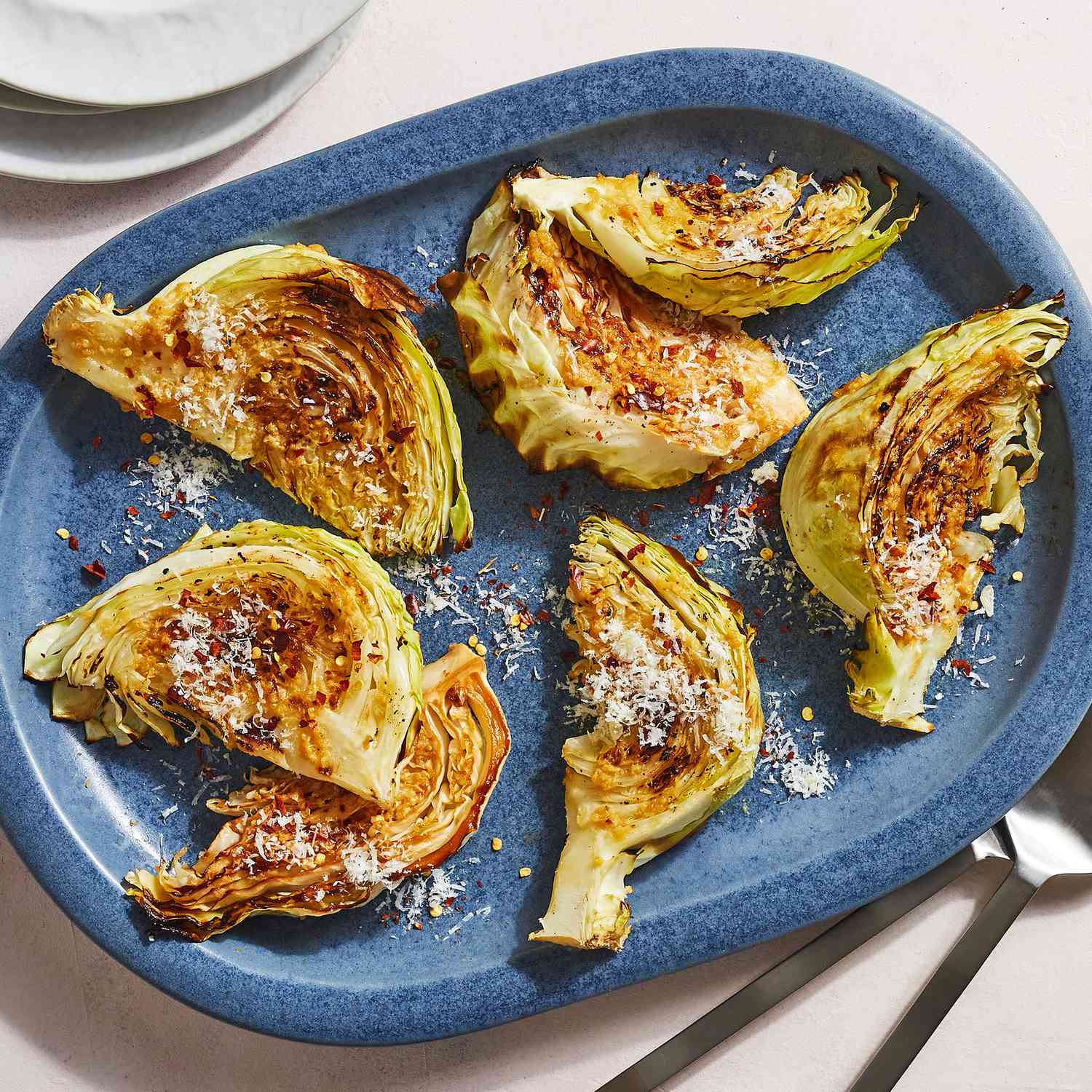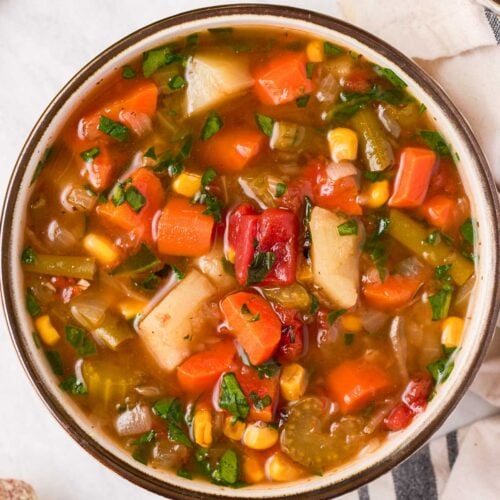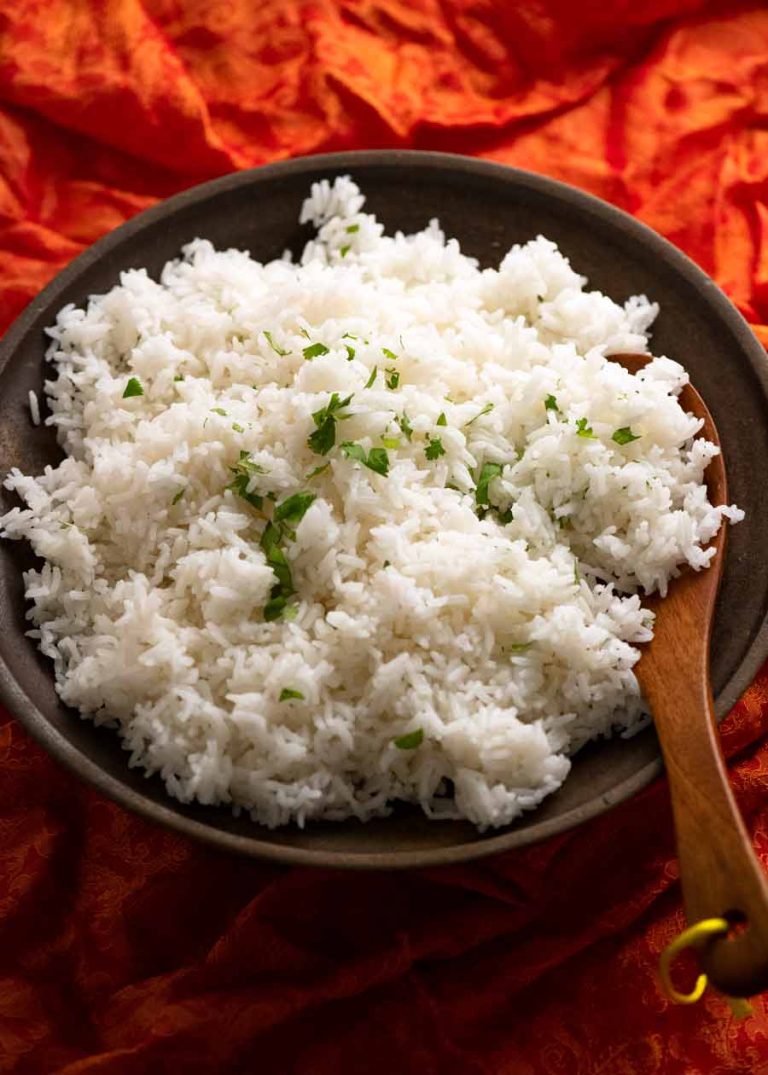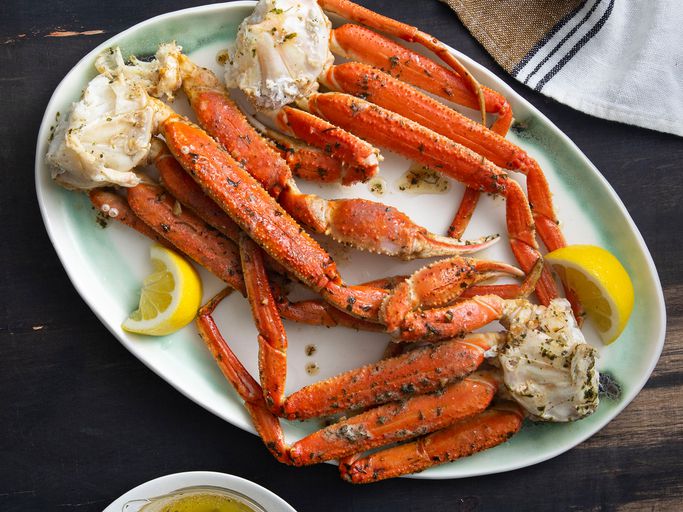Braised Cabbage: History, Recipes, and Creative Serving Ideas
Cabbage has been a staple in many diets worldwide for centuries. Ancient Greeks and Romans valued it for its medicinal properties and nutritional benefits. By the Middle Ages, cabbage became integral to European cuisine due to its hardy nature and long shelf life. This versatility made it an essential vegetable in various traditional dishes.
The Evolution of Braising Techniques
Braising, a method of cooking involving slow simmering, has roots in ancient cooking traditions. Originally, people used clay pots to braise tougher meats and vegetables, like cabbage, allowing for tender and flavorful results. Over time, the technique evolved with the introduction of metal cookware, enhancing temperature control. Today, braising remains popular for creating delectable and comforting meals with minimal effort.
Key Ingredients for Perfect Braised Cabbage
Selecting the Right Type of Cabbage
Choose cabbage varieties like green, red, or Savoy to achieve optimal flavor and texture. Green cabbage offers a slightly sweet taste with firm leaves. Red cabbage, rich in antioxidants, adds vibrant color and a slightly peppery flavor. Savoy cabbage, known for its crinkly leaves, delivers a tender texture suited for braising.
Essential Spices and Seasonings
Incorporate spices and seasonings to enhance the flavor of braised cabbage. Common choices include:
- Bay Leaves: Add a subtle earthy flavor.
- Caraway Seeds: Complement cabbage with a nutty, licorice-like taste.
- Paprika: Introduce a smoky, sweet touch.
- Garlic: Provide a rich, aromatic depth.
- Salt and Pepper: Season to taste for balance.
Experiment with these ingredients to craft a unique and flavorful braised cabbage dish.
Step-by-Step Guide to Making Braised Cabbage
Preparing the Cabbage
Start by choosing a fresh, firm cabbage. Remove the outer leaves, then rinse the cabbage thoroughly. Slice the cabbage into quarters to easily remove the core. Cut each quarter into thin strips, about 1/4 inch thick.
The Braising Process
Heat a large skillet or Dutch oven over medium heat. Add 2 tablespoons of olive oil or butter, then let it melt and coat the bottom of the pan. Add one sliced onion and 2 minced garlic cloves to the skillet; cook until they become translucent.
Add the prepared cabbage to the skillet. Stir the cabbage to ensure it’s well-coated with the oil or butter. Season with 1 teaspoon of salt, 1/2 teaspoon of black pepper, and 1/2 teaspoon of caraway seeds. Pour in 1 cup of vegetable broth to facilitate the braising process. Cover the skillet and reduce the heat to low. Let the cabbage cook, stirring occasionally, until it’s tender and slightly caramelized, about 25-30 minutes. Adjust seasoning if necessary. Serve hot.
Flavor Variations and Regional Differences
Traditional European Styles
European countries showcase diverse braised cabbage recipes, each adding unique ingredients. In Germany, red cabbage is braised with apples, onions, and vinegar, creating a sweet-tangy dish called Rotkohl. In Poland, Bigos combines braised cabbage with sauerkraut and various meats like pork and kielbasa. Hungarian braised cabbage often includes paprika and tomatoes, giving it a rich, spicy flavor. These traditional styles highlight how regional ingredients and culinary practices influence the flavors of braised cabbage.
Contemporary Fusion Recipes
Contemporary recipes blend traditional methods with global flavors. Asian-inspired braised cabbage may use soy sauce, ginger, and sesame oil, infusing it with umami. Mediterranean versions might incorporate olives, tomatoes, and feta cheese for a vibrant twist. Mexican-style braised cabbage can include cumin, cilantro, and lime, providing a zesty, aromatic experience. These fusion recipes broaden the culinary possibilities, reflecting a modern approach to braising techniques and flavor integration.
Tips for Serving and Pairing Braised Cabbage
Best Accompaniments
Braised cabbage pairs well with a variety of main courses and side dishes. Serve it alongside roasted meats, like chicken or pork, to complement the savory flavors. Include mashed potatoes or boiled new potatoes for a comforting, hearty meal. Enhance the European dining experience by adding a slice of rye bread or a buttery roll. Pickled vegetables, such as beets or cucumbers, provide a tangy contrast.
Creative Serving Ideas
Incorporate braised cabbage into unique dishes for a modern twist. Use it as a filling for savory crepes or pastries to add depth. Combine it with grain bowls, pairing with quinoa or barley, for a nutritious meal. Serve braised cabbage topped with a poached egg for a sophisticated brunch option. For a fusion dish, mix it into tacos or use it as a topping for sandwiches and burgers to add rich flavor and texture.
Conclusion
Braised cabbage isn’t just a side dish; it’s a versatile and flavorful addition to any meal. Its rich history and adaptability across various cuisines make it a timeless favorite. Whether you’re sticking to traditional recipes or experimenting with modern fusion, braised cabbage offers endless possibilities. Pair it with roasted meats or serve it in creative dishes like tacos and grain bowls to elevate your dining experience. Embrace the art of braising and discover how this humble vegetable can transform your meals with its deep, savory flavors.






